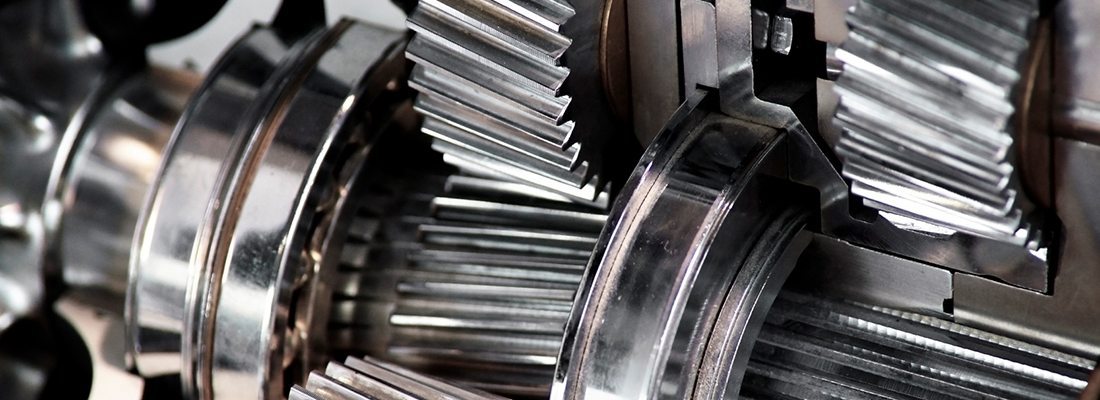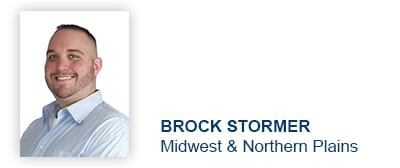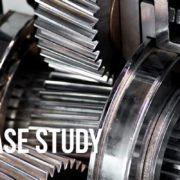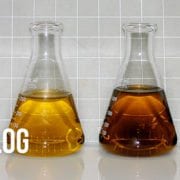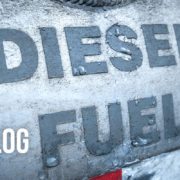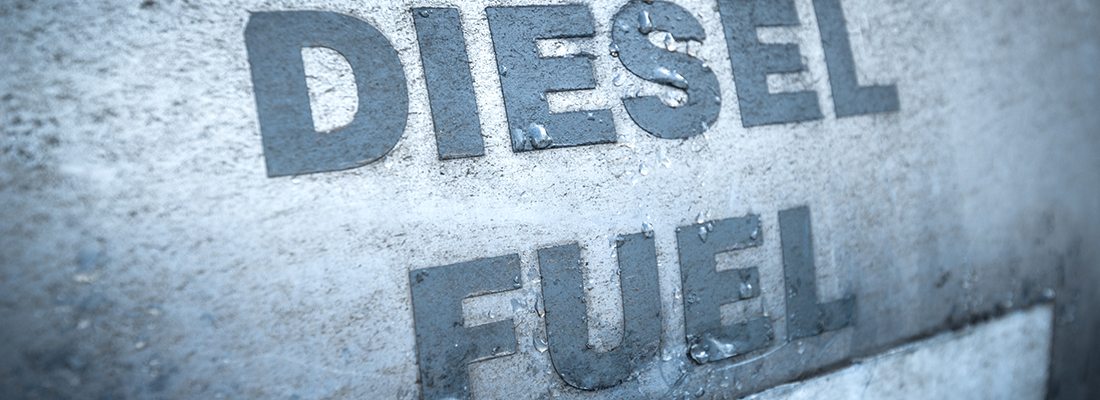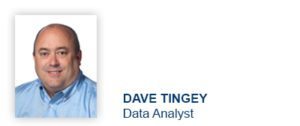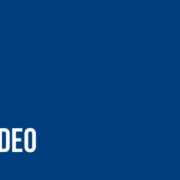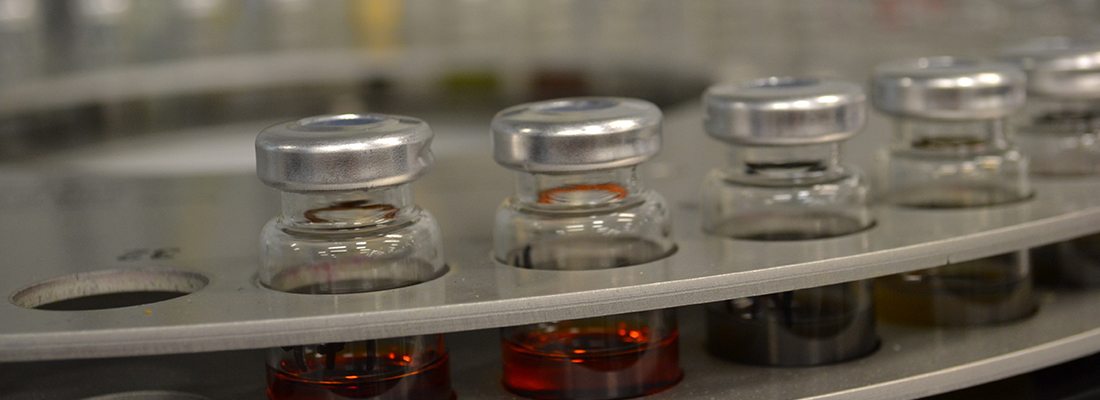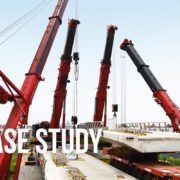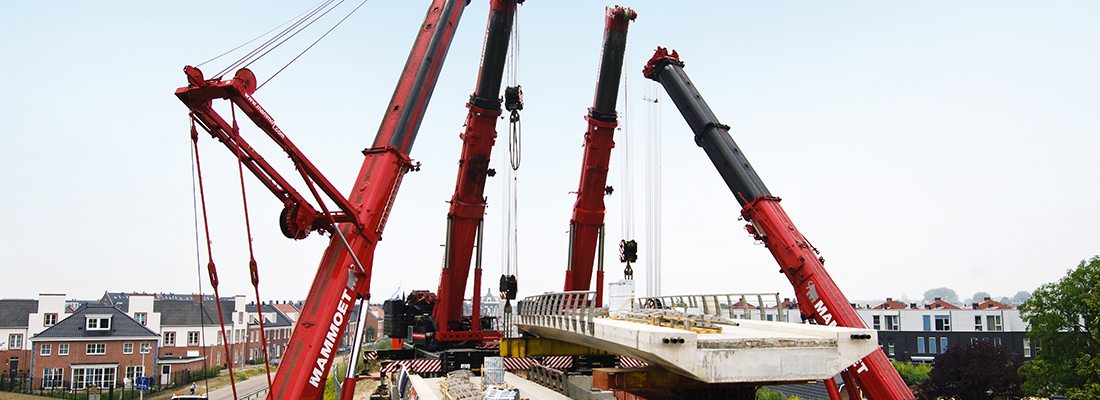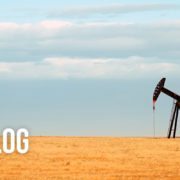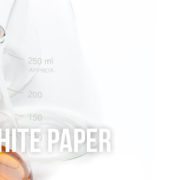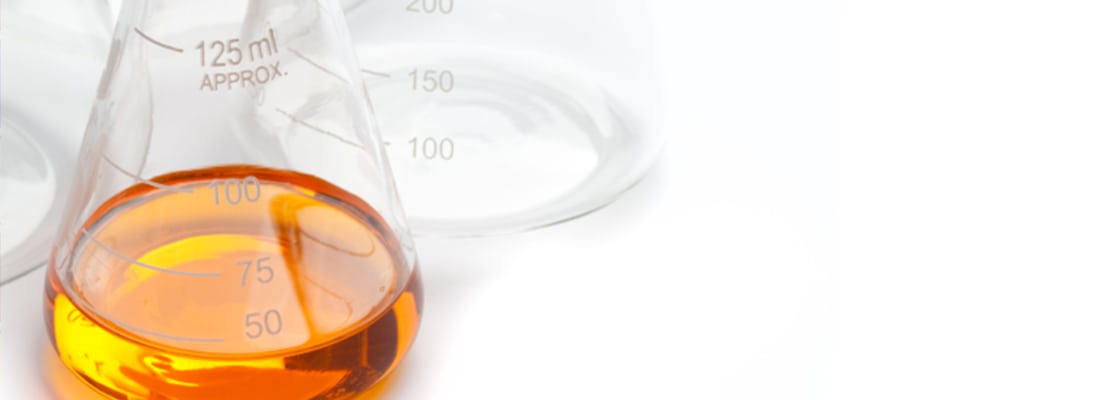
Moving beyond the individual fluid analysis report is an essential step to maximize the value of your fluid analysis program and reduce reactive/unscheduled maintenance events within your organization.
While many customers understand the value of identifying and addressing the root cause of high severity reports or frequent component failures, finding the time and resources can be a real challenge. By enlisting the help of POLARIS Laboratories® Technical Business Consultants, reaching or exceeding your maintenance goals is easier than you might think. With an in depth look at your program, we identify the common causes of your high severity reports and provide solutions to your maintenance challenges.
Instead of examining individual sample reports to discover what maintenance activity needs to happen, program enrichment reviews look at all of the test results over a month, a year or several years. We identify the top 3 or 4 issues that that should be prioritized in your maintenance activities to reduce the number of high severity reports. The reviews also highlight what current maintenance practices are working best for your organization by examining the low severity reports.
Maintenance managers commonly find value in program enrichment reviews by:
- Reviewing component sample submission and frequency to ensure you’re testing everything you intended to test
- Identifying maintenance issues
- Identifying possible trends in mechanical failures
- Identifying possible fluid issues and optimizing drain intervals
- Identifying and sharing maintenance best practices
- Quantifying their fluid analysis program’s impact on equipment uptime and lowering maintenance costs
How often a program enrichment review is performed will depend on your equipment, industry and maintenance goals. Typically, company-wide reviews occur once per quarter.
If this type of program evaluation sounds right for you, please contact me so we can discuss the review frequency and goals of your program enrichment review. There is no “one size fits all” program enrichment review, each is customized specifically for the individual customer. POLARIS Laboratories® can help you set a review schedule and help create the goals that are right for you.
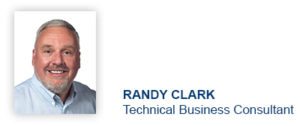
Proven Impact. Proven Uptime. Proven Savings.
Let us prove it to you.
Published July 25, 2017
